Coastal Monitoring
Tracking Cetaceans in Coastal Areas
State of the Art
Human activities in coastal and offshore waters are rapidly increasing and can negatively affect marine life. Offshore windfarms, seafloor mapping, and oil/gas exploration produce underwater noise that may affect wildlife. Of special concern are cetaceans with their slow reproductive rate, sensitive ears, and well-documented sensitivity to human disturbance. Currently, mitigation of these issues is done using observers, data loggers and tags, which are used to determine when operations should be shut down due to nearby wildlife. Such methods are costly and do not supply detailed information on the animals’ whereabouts and behaviour.
Innovations and Impact
Drones will automate pertinent monitoring efforts in coastal and offshore waters, thereby reducing human manpower and errors, and enhancing the detection capacity within monitored areas. Drones can verify sightings (both in terms of species and the number of animals) and make it possible to rationalize any decisions to shut down work, thereby limiting conflicts between conservation efforts and industrial interests.
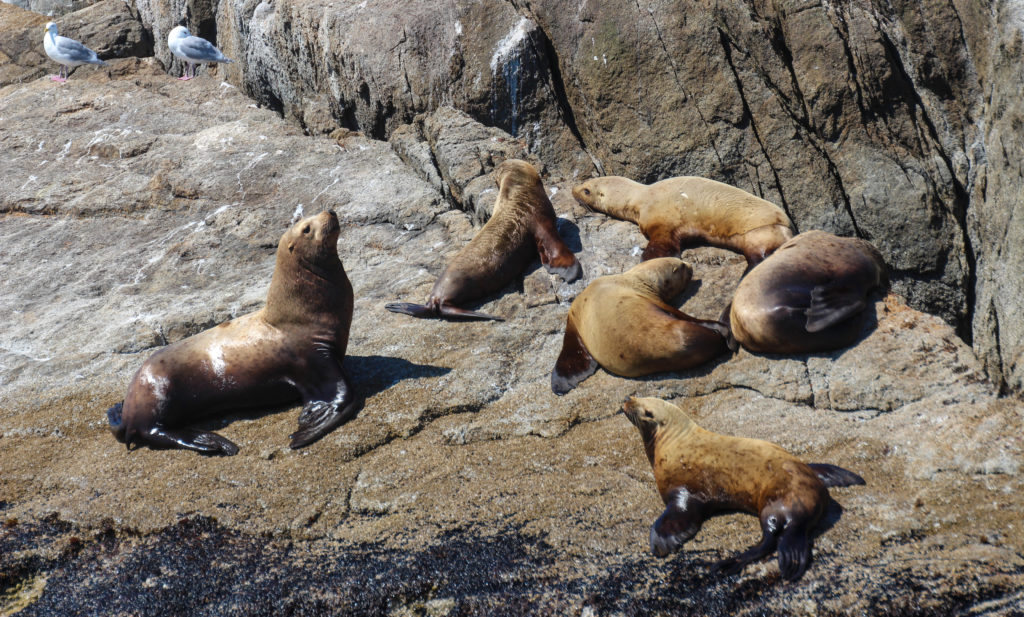
Copyright by Max Planck Institute of Animal Behavior
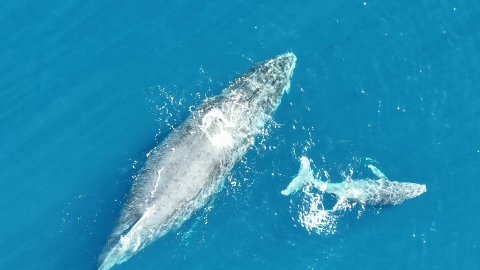
Copyright by Lucie Laporte-Devylder

Copyright by SDU Biology
Objectives
DC4 will study the possibility to use drones and real time deep learning techniques to assist Marine Mammal Observers in detecting and tracking cetaceans near offshore work sites to reduce impact on these species.
DC4 will initially use already available drones and software solutions (SDU drones and WIP Harmony software solution) and will link to other projects (DC 1, DC 5) to test and improve their abilities to film and follow cetaceans. Trials are first made in ideal conditions and subsequently in more and more challenging weather and/or water turbidity conditions to determine the limits of such a protocol and propose recommendations for future commercial use. The project links tightly with other efforts to understand how cetaceans react to man-made noise, such as the H2020-funded SATURN project.
Expected Results
The project produces (1) automated or semiautomated methods to collect data on the presence of cetaceans in areas with human construction work. These methods will be based on (2) neural networks specialized in cetacean recognition in different environmental conditions (turbidity, sea states, weather, depth of the animal) created from (3) a dataset of videos with presence and absence of cetaceans. These methods will help us to mitigate pertinent conflicts in conservation biology. With a unique combination of in-depth knowledge of cetacean biology, field work using drones, and new programming tools to automated video analysis, the project will boost our abilities to tackle difficult problems where human activities interfere with marine wildlife.
Project Facts
Associate Professor Magnus Wahlberg, University of Southern Denmark (DK).
Associate Professor Magnus Wahlberg, University of Southern Denmark (DK).
University of Southern Denmark (DK): Training for fieldwork.
Max Planck Institute of Animal Behavior (DE): Behavioural data analysis.
Get in touch
Contact us on WildDrone@sdu.dk

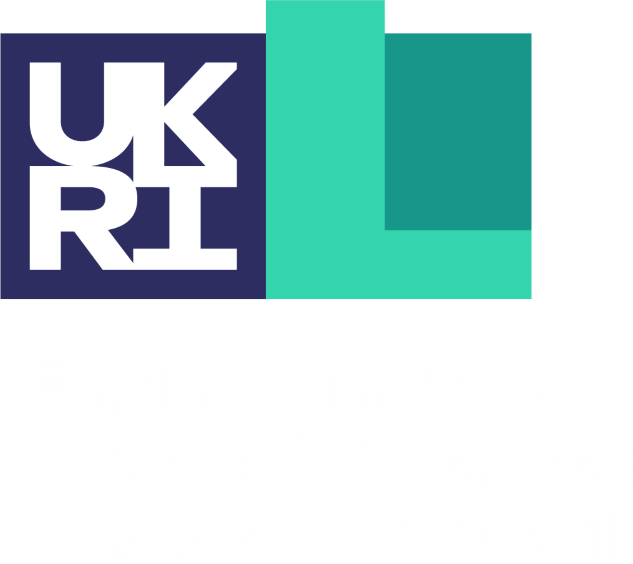
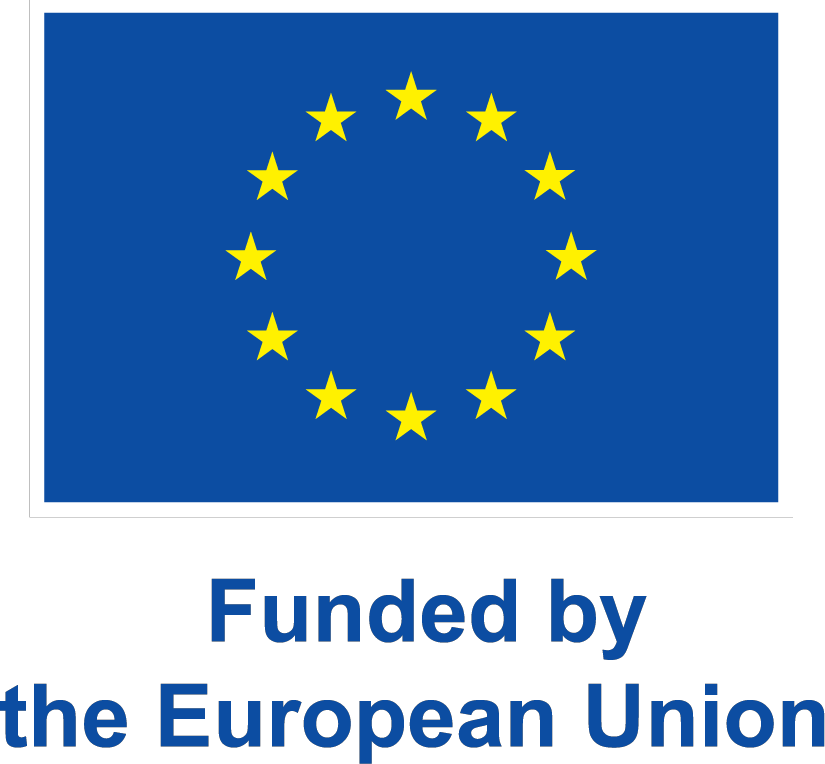
WildDrone is an MSCA Doctoral Network funded by the European Union’s Horizon Europe research and innovation funding programme under the Marie Skłodowska-Curie grant agreement no. 101071224. Views and opinions expressed are those of the author(s) only and do not necessarily reflect those of the European Union or the European Commission. Neither the EU nor the EC can be held responsible for them.
